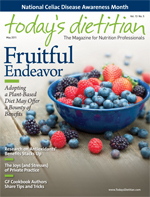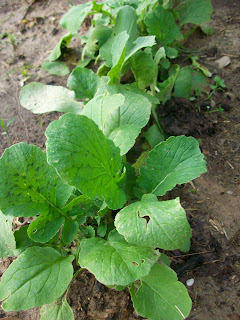When I first got married and started taking care of my own home, I remember a flood of memories coming back to me when, as a child, I would spend most of my days playing “house”. Other than “school”, I don’t think I really played anything else. As a newlywed, there was an overwhelming sense of joy and purpose that I unexpectedly found in being a wife and homemaker. I also distinctly remember thinking, “What the heck have I been doing the past couple of years?” It was almost as if I had started preparing for being a wife during my childhood, but somehow those plans got kind of lost during adolescence for awhile, but finally, I was back on track to where I had always meant to be.
Marriage has been the most fun season of life for me so far (good thing, too, since I’m planning on being married for quite some time). Yes, there have been difficult days, and yes, it is difficult to daily learn how to die to your selfishness and put your spouse’s needs above your own. But being a wife has been the most satisfying experience of my life to date. And you don’t really hear many people saying that. Instead, us girls are told to pursue our career, settle for no man, and don’t have babies too soon (or at least those were the messages I seemed to hear, watch, read, and believe). My generation is told that high school and/or college are the “best years of your life”. That being single and “having fun” brings satisfaction. That husbands are “lazy and stupid” and wives tend to be “nagging and frivolous” (if you disagree with this analysis I challenge you to watch any modern sitcom about a married couple). The problem with these messages are twofold: first, I have not found this to be true (although you may need to check with my husband about the nagging part since I may not be the best judge), so instead of preparing for marriage, I pursued other interests that left me unprepared for reality, and second, do you see how this is setting up marriages to fail? If the “best days of our life” are spent single from 17-22 (really???) then there are two responses to this: 1. We keep perpetuating those days until 35-40. Or 2. We get married and are bitter and dissatisfied that our “glory days” have past.
I am writing these things to try to figure out why I believed that for many years it was wrong to want to be married. For instance, I don’t think I would admit even in my senior year of college that I was ready to get married (Michael and I talked about it all the time but I would not tell many others that we had wedding plans). We had been dating for the greater part of 7 years!! But to admit that I wanted to be married or want children would mean that the party was ending too soon, my freedom would soon vanish. I had “too much yet to be accomplished.” I wanted to travel the world (or at least move to Florida for 6 months). Did the thought even cross my mind that we could do it together, as a married couple? Sadly, no.
The reason I find our culture’s view of marriage and family as so strange is that, at some point, most people will get married. Most people, if they're honest, plan to marry and see themselves having some sort of family life. It’s as if parents are scared to encourage and talk about a child’s future marriage, because once the idea is planted, then that child might elope at the age of 18 and “waste their life.” Or I’m sure there are people who might read this and say, “Wait until you’re married 15, 20, 40 years….then you’ll understand why we don’t encourage it.” And you would be right in thinking that I have not had much experience at this marriage thing so I admit that I know very, very little. We haven’t even added kids to the mix yet! BUT AT SOME POINT MOST PEOPLE WILL GET MARRIED. To discourage it and act like it’s not going to happen or have a negative attitude towards it rarely sets up a successful marriage. It is not easy to focus only on yourself for 23 years then transition immediately to focusing on another. But God’s grace is sufficient and for that I am thankful.
I have been thinking about all of this in terms of – does my marriage reflect God’s purpose for marriage, for the glory of God? Specifically, as Michael’s wife, do I reflect a Godly attitude in my role? What is my attitude toward marriage when I talk to singles? How will this change the way I parent my future sons and daughters?
Recently, I read two bold, excellent articles about marriage in our culture. I’m gonna share those links and my thoughts over the next few days. Stay tuned!
I would love to hear any thoughts or suggestions that you have on this subject!



























